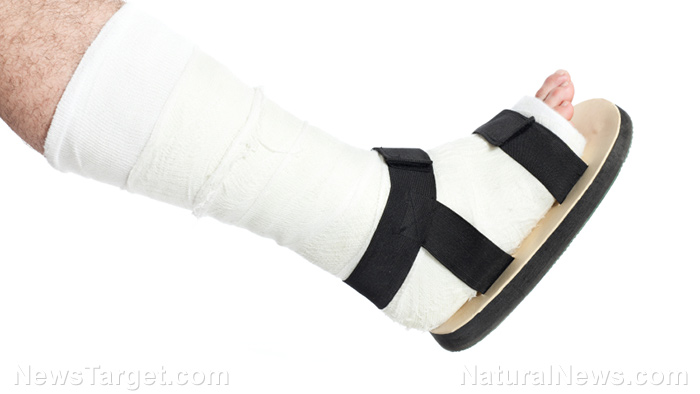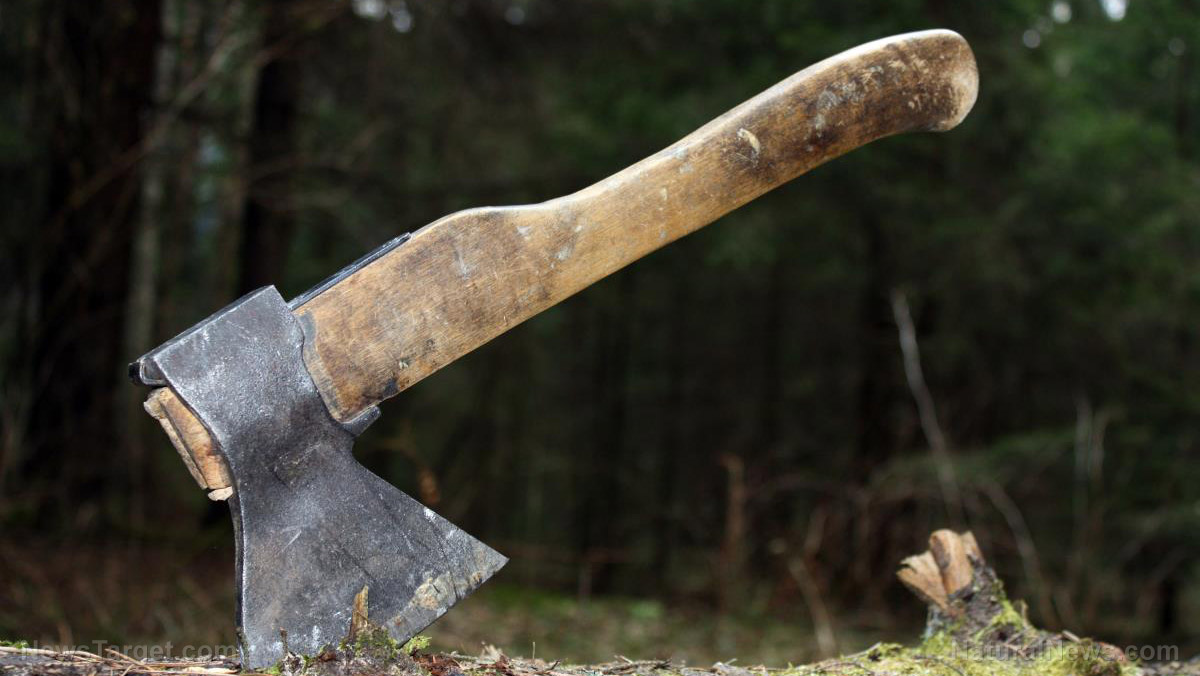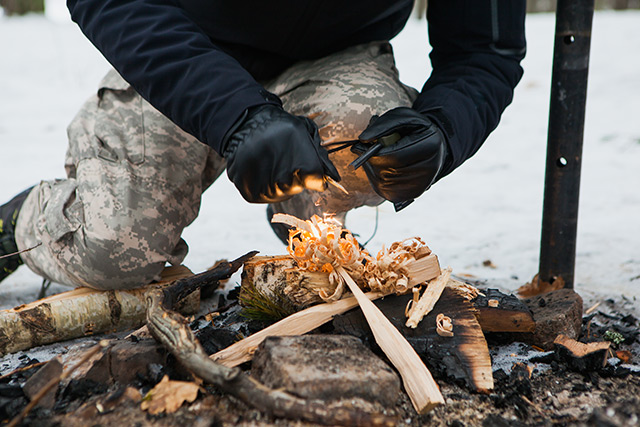How to cook indoors without electricity
08/20/2018 / By Edsel Cook

Just because the power is out doesn’t mean you have to put up with cold foods. Neither do you have to go outside to prepare these meals. There are several safe and effective methods of indoor cooking in the absence of electricity. (h/t to PreppersSurvive.com.)
Indoor cooking methods have advantages over their outdoor counterparts, such as camping stoves, gas grills, and solar ovens. The former can be done at any time in the comfort of your home while the latter requires good weather and excellent ventilation.
Before you embark on your off-grid cooking experiments, make sure you have a carbon monoxide detector and a fire extinguisher at hand. Better safe than sorry.
The first off-grid cooking option is a tea light oven. Tea lights are tiny candles that are less than an inch tall. They can be bought by the dozen on the cheap.
Commercial tea light ovens are rather pricey. You can try building your own using a toaster oven, a bread basket brick, electrical conduits, and a few other common items.
The second method is using chafing fuel. These are little cans that contain fuel and serve as heaters. You might have seen them beneath the metal food pans at restaurants, keeping the food warm for hours.
Chafing fuel comes in either wick or gel form. Each can will last for hours and generates a hot, steady flame. Use them with chafing food pans to cook or warm food. (Related: 9 Reasons Why You Should Only Cook With Cast Iron Pans.)
Power your crock-pot with solar panels or use head packs for flame-free cooking
The third method combines an electric crock-pot – also known as a slow cooker – with solar energy. Hook up solar panels to your crock-pot to provide it with electrical power.
This method relies on sunlight to power the solar panels. Other sources of power could be substituted for solar power as long as they can generate enough electricity. A small but strong wind turbine is one option.
The fourth method is a flameless cooking system. Whereas most cooking systems burn fuel to generate heat, this equipment uses a different means.
This fire-free cooking system uses heat packs that contain quicklime. When it comes into contact with water, quicklime starts generating heat. A heat pack lasts for half an hour and does not release toxic carbon monoxide.
A flameless cooking system consists of a metal cooking container for the food and a larger container that can hold the food container, several heat packs, and water.
Modifying your fireplace or portable heater into a cook stove
If you have a fireplace, you can use it as the fifth method of cooking food indoors. Get a camp grill that can fit inside it. You can also install metal racks inside the fireplace for hanging cast iron pots and kettles.
The last method is to modify a portable heater like the Mr. Heater brand of products. Take note that modifying a heater can be dangerous and will disable the warranty.
One modification attaches a large paint roller wire grid to the top handle. Wire grids are usually made of galvanized metal, so do not put food directly on top of them. Instead, put the food on tin foil that you can then place on the grid.
Another approach calls for removing the safety grill at the front of the heater. Start at the top of the grill. Once you have removed the grill, turn it around and hook its bottom onto the uppermost holes. Place the cooking utensil on the resulting rack.
You can find more guides about living free from the power grid at OffGrid.news.
Sources include:
Tagged Under: cooking methods, DIY appliances, home and life, Homestead, homesteading, indoor cooking, no electricity, off grid, Off-the-grid living, preparedness, prepper, prepping, survival, survivalist



















